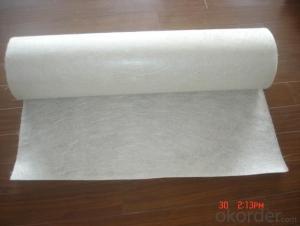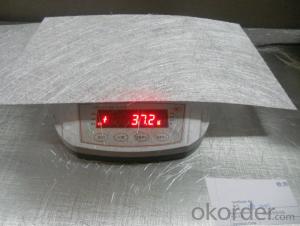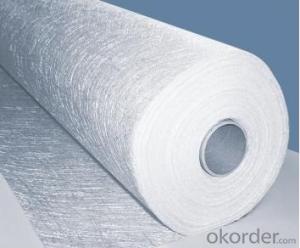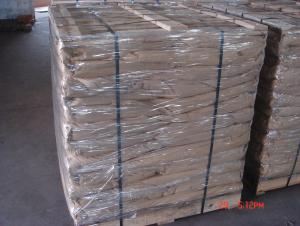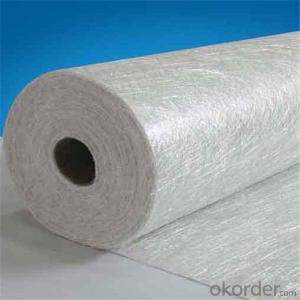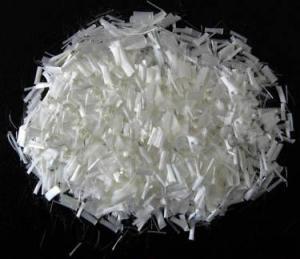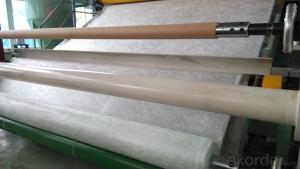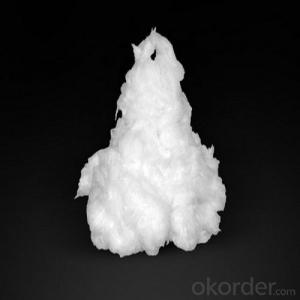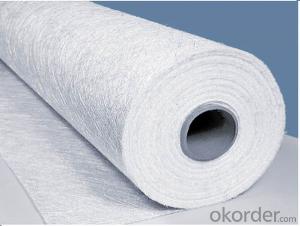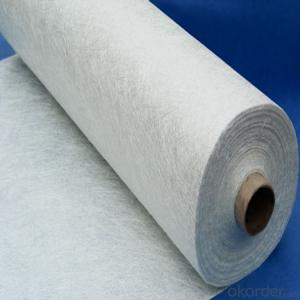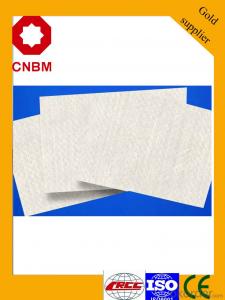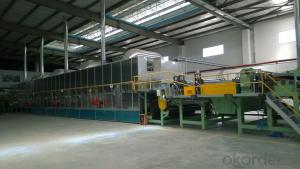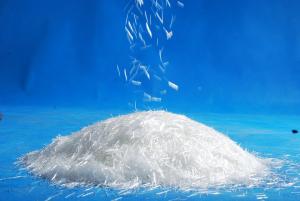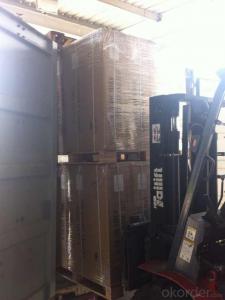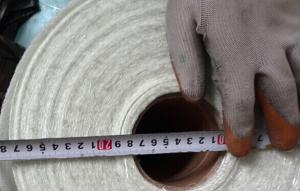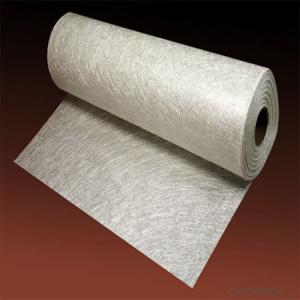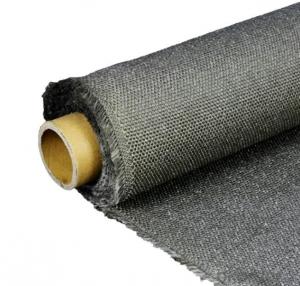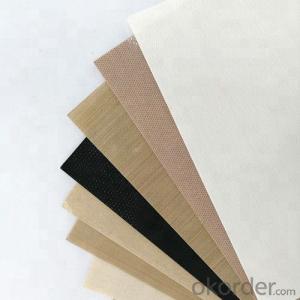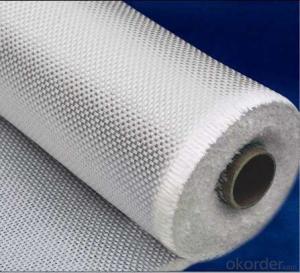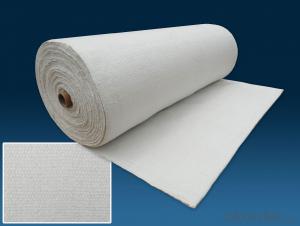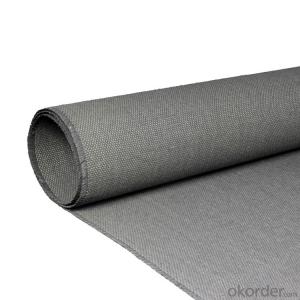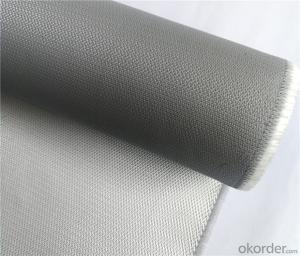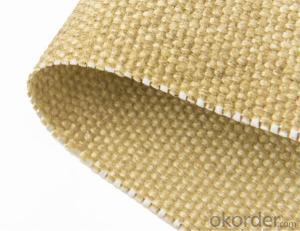Chopped Strand Fibreglass
Chopped Strand Fibreglass Related Searches
Concrete Fiberglass Chopped Strand Zccy Fiberglass Chopped Strand Mat Chopped Strand Fiberglass Mat Fiberglass Properties B Grade Chopped Strand Mat Esd Table Mat Heat Mat Geogrid Mat Wash Yoga Mat Chopped Strand FibreglassHot Searches
Esd Mat PriceChopped Strand Fibreglass Supplier & Manufacturer from China
Okorder.com is a professional Chopped Strand Fibreglass supplier & manufacturer, offers integrated one-stop services including real-time quoting and online cargo tracking. We are funded by CNBM Group, a Fortune 500 enterprise and the largest Chopped Strand Fibreglass firm in China.Hot Products
FAQ
- Yes, fiberglass fabric can be used for indoor applications. It is commonly utilized for insulation, soundproofing, and reinforcement purposes in various indoor settings such as homes, offices, and commercial buildings.
- Fiberglass fabric performs well in high-pressure applications due to its excellent strength, durability, and resistance to deformation. It can withstand high levels of pressure without compromising its structural integrity, making it a reliable choice for various industries such as aerospace, automotive, and manufacturing.
- Yes, fiberglass fabric can be used for insulation in food and beverage facilities. Fiberglass fabric is known for its excellent thermal insulation properties, making it an ideal choice for insulating areas where temperature control is crucial, such as food and beverage facilities. It can help maintain desired temperatures, prevent heat loss or gain, and ensure energy efficiency in these facilities. Additionally, fiberglass fabric is resistant to moisture, chemicals, and fire, making it suitable for the food and beverage industry where hygiene and safety are paramount. Overall, fiberglass fabric can effectively provide insulation in food and beverage facilities.
- Due to its unique properties, fiberglass fabric finds extensive use in the automotive industry for a variety of purposes. One of the primary applications of fiberglass fabric in this sector involves the production of car parts such as body panels, hoods, and spoilers. The choice of fiberglass fabric for these purposes is driven by its lightweight, strong, and durable nature. This material boasts an impressive strength-to-weight ratio, enabling it to provide robustness to car parts without adding unnecessary weight. This aspect is crucial in enhancing fuel efficiency and overall vehicle performance. Furthermore, fiberglass fabric is also employed in the automotive industry for insulation purposes. It is commonly utilized to insulate engine components, including exhaust systems and heat shields, safeguarding surrounding parts against excessive heat. The remarkable temperature resistance of fiberglass fabric renders it an ideal option for these applications. Moreover, fiberglass fabric contributes significantly to the manufacturing of automotive interiors. It is frequently utilized in upholstery, door panels, headliners, and trunk liners. The fabric's exceptional flexibility allows it to conform effortlessly to various shapes and contours of the car interior. Additionally, it exhibits resistance to stains, chemicals, and fading, ensuring a long-lasting and visually appealing interior finish. Additionally, fiberglass fabric serves as a reinforcement material in the automotive industry. It is often incorporated as a layer in the production of composite materials used for manufacturing car parts. By combining fiberglass fabric with resins or other materials, manufacturers can create robust and rigid components capable of withstanding impacts, vibrations, and other external forces. Overall, fiberglass fabric plays a crucial role in the automotive industry, offering lightweight, durable, and heat-resistant solutions for diverse applications. Its versatility and exceptional properties make it an ideal material for manufacturing car parts, insulation, interiors, and reinforcement, thereby contributing to the efficiency, safety, and overall quality of vehicles.
- Different applications and requirements can be accommodated by fiberglass fabric, which is available in a variety of thicknesses. The most common thicknesses range from 0.5 osy to 3.0 osy. However, it is important to note that fiberglass fabric is measured in weight per square yard, not physical thickness. For lightweight and flexible fabric needs, the thinnest options, such as 0.5 osy, are commonly used. These fabrics find applications in industries like aerospace, automotive, and marine, where weight reduction and flexibility are crucial factors. On the other hand, thicker options ranging from 1.5 osy to 3.0 osy are typically chosen for applications that require higher strength and durability. These fabrics are commonly used in industries like construction, insulation, and industrial manufacturing, where a stronger and more rigid material is necessary. It is worth mentioning that fiberglass fabric can be customized to meet specific thickness requirements. Manufacturers have the ability to tailor the fabric's weight per square yard to match the desired specifications of a particular project. In summary, fiberglass fabric offers a range of thickness options, from 0.5 osy to 3.0 osy, to fulfill the diverse needs of different applications. The appropriate thickness selection depends on factors such as desired strength, flexibility, weight reduction, and durability required for the specific project or industry.
- Glass fiber cloth and glass fiber?
- Glass fiber is a kind of inorganic nonmetallic material with excellent properties. English name is: glass, fiber or fiberglass. Composition of silica, alumina, calcium oxide, boron oxide, sodium oxide, Magnesium Oxide etc.. It is prepared by high temperature melting, wire drawing, winding and weaving process with glass balls or waste glass as. All kinds of products formed finally, glass fiber monofilament diameter from a few microns to twenty micron, the equivalent of a hair 1/20-1/5, each bundle of fibers are hundreds or even thousands of root root filaments, usually as a reinforcing material of complex materials, electrical insulating materials and insulation materials, circuit board, etc. and widely used in various fields of the national economy
- Fiberglass fabric is used in the production of sports helmets as it provides strength and durability to the overall structure. The fabric is commonly used as a reinforcement material in the helmet's shell, allowing it to withstand impacts and distribute the force of the impact across the surface of the helmet. This helps to protect the wearer's head from potential injuries during sports activities.
